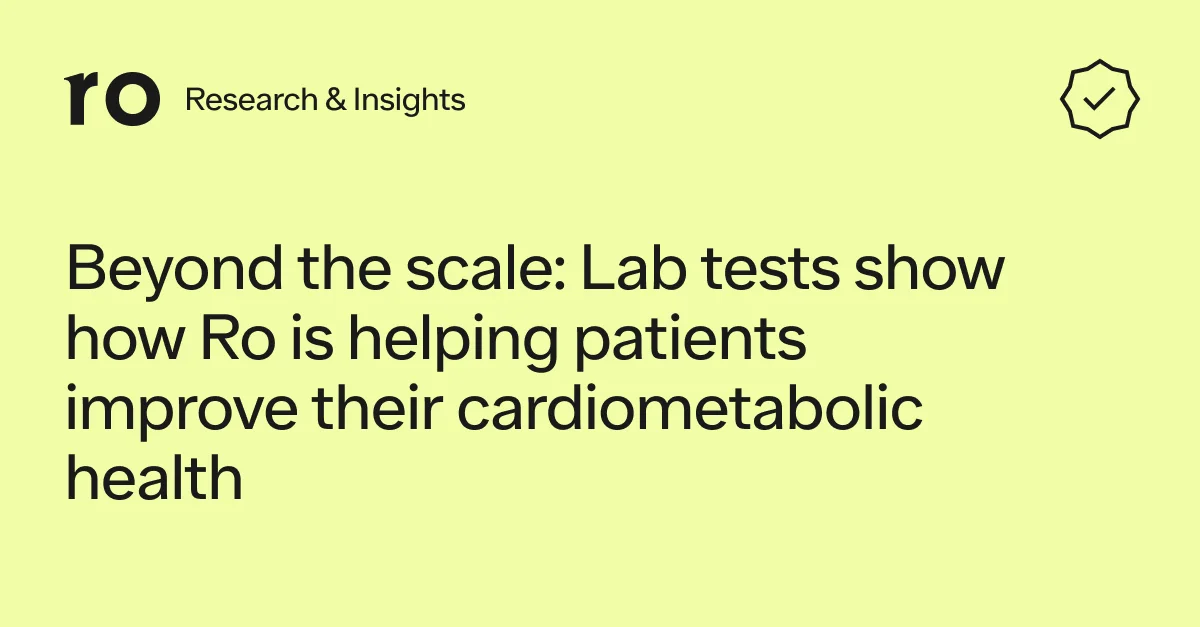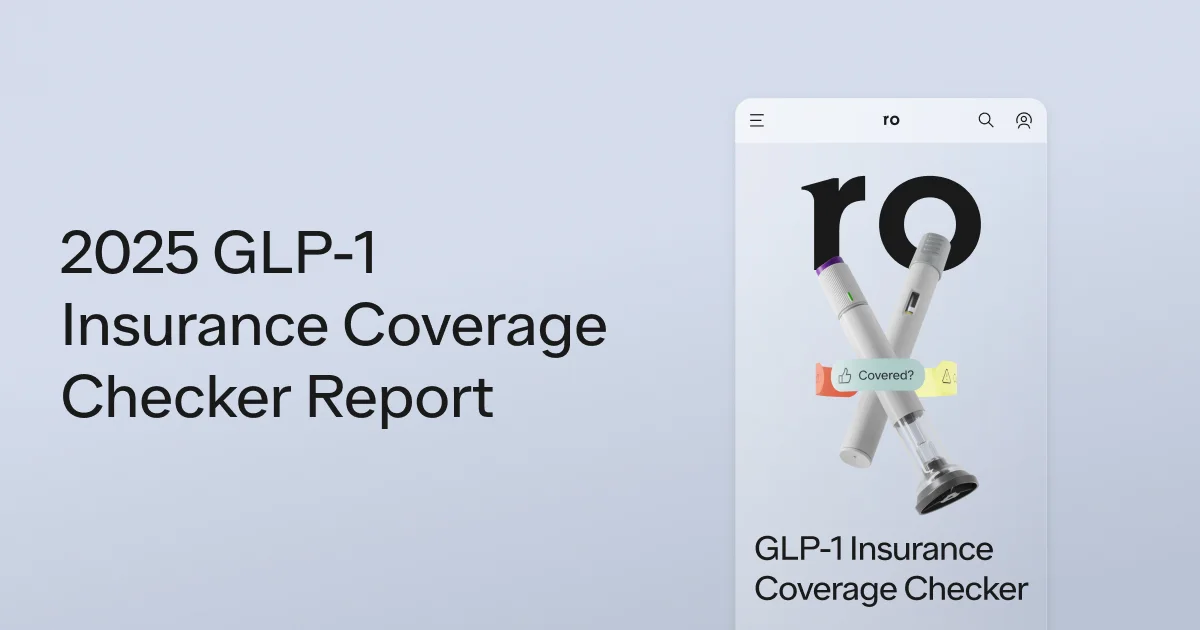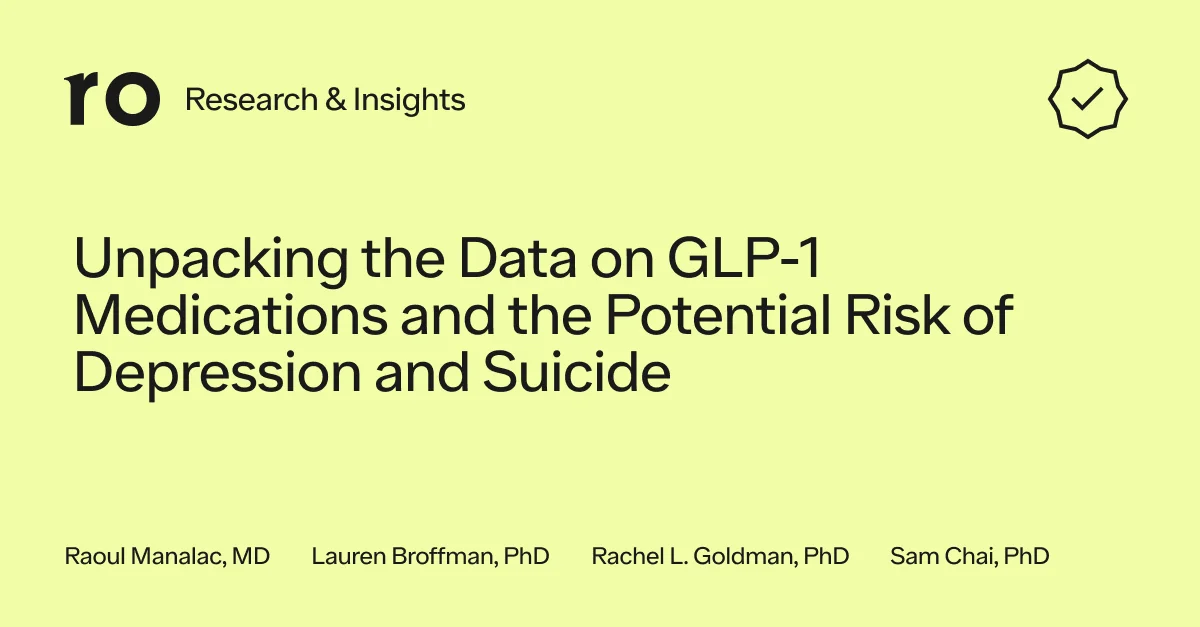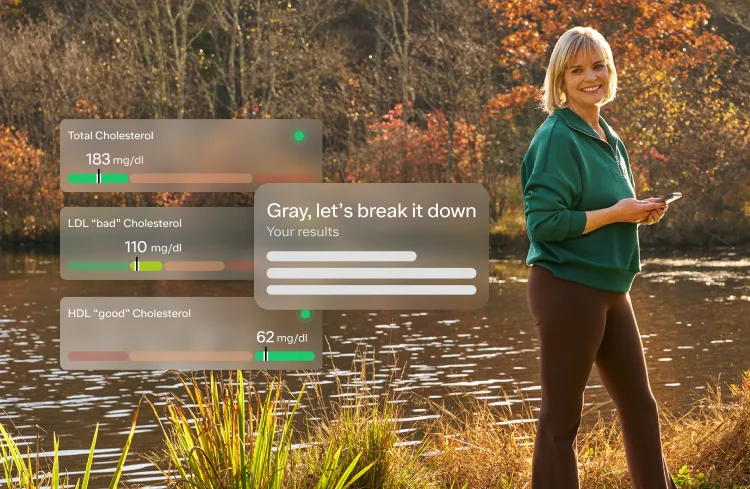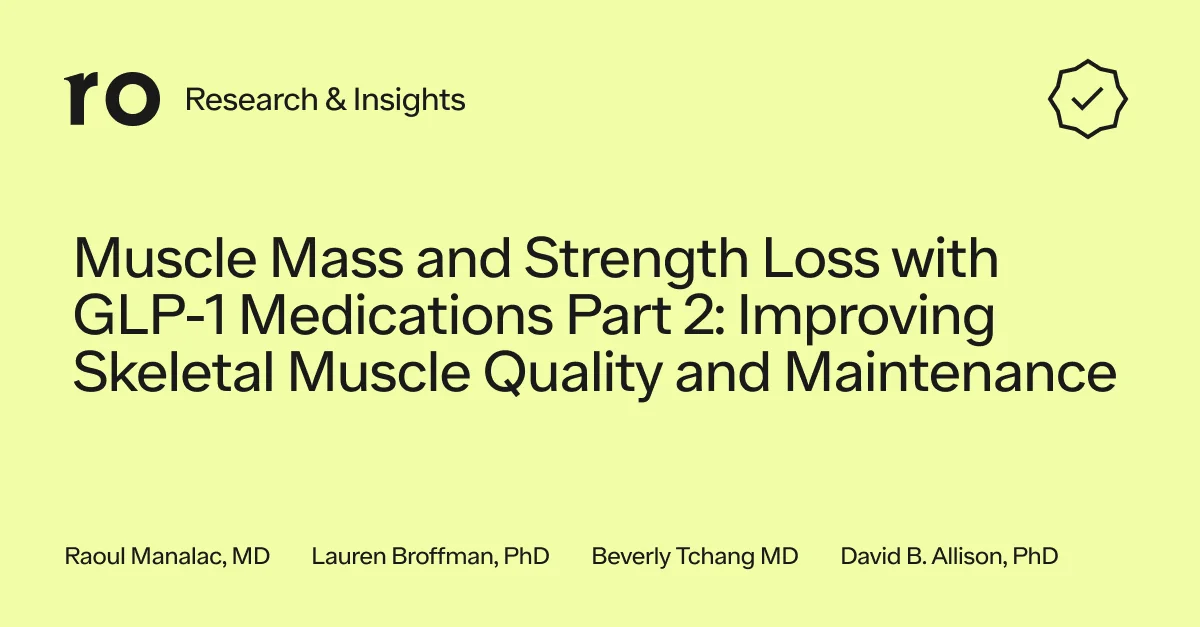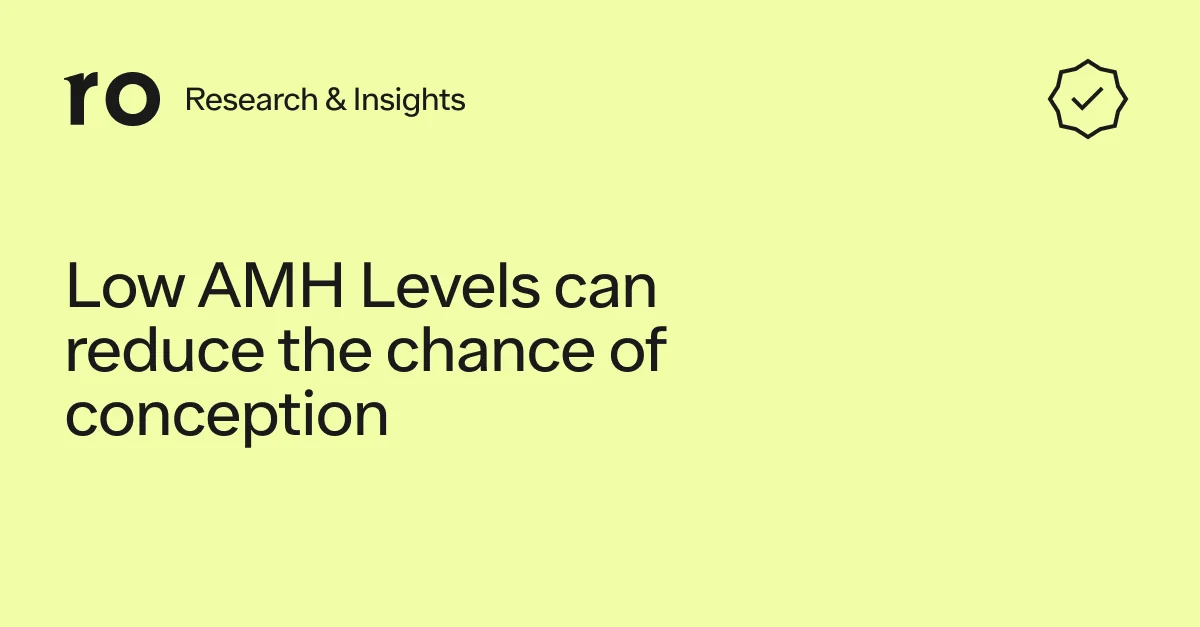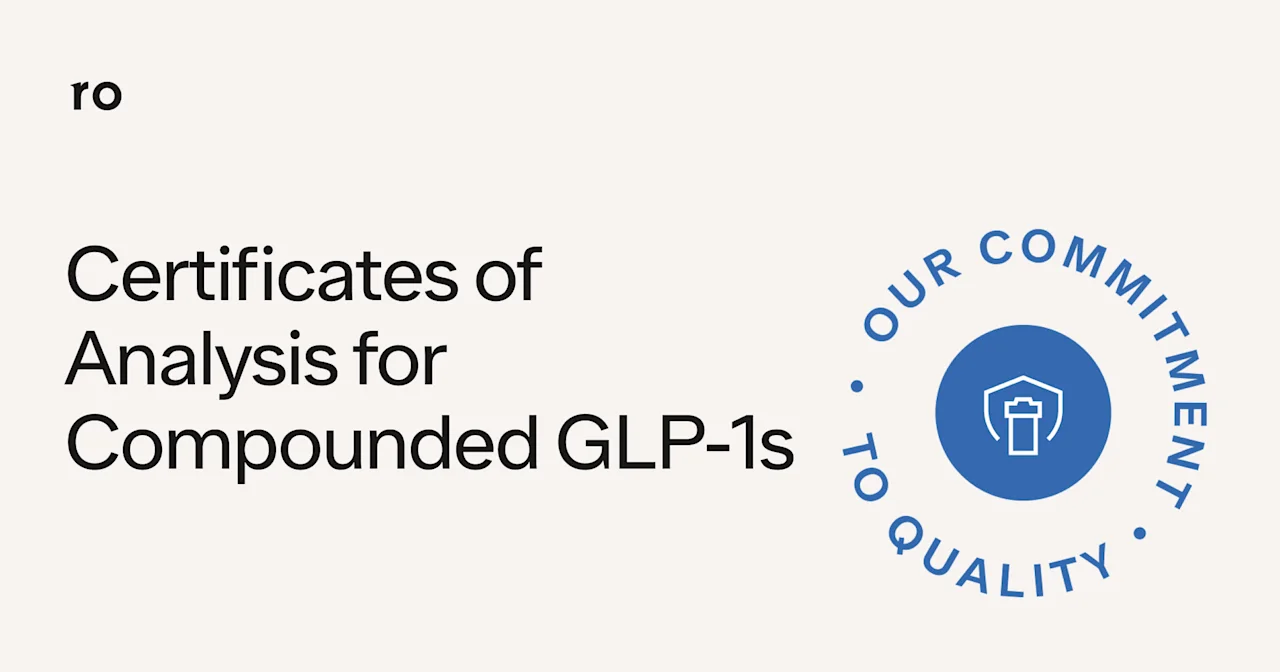Here's what we'll cover
Here's what we'll cover

Ro is building the future of healthcare by leveraging technology. We see that future as one in which technology empowers providers to deliver high-quality care and empowers patients to manage their health more easily and effectively.
In our Provider “Super Power” series, we take a deep dive into the tech-enabled solutions that are designed and built by Ro’s in-house clinical and engineering teams. These solutions empower providers — physicians, nurses, and pharmacists — to deliver the best possible care, experience, and results for patients on Ro’s telehealth platform. We call these “super powers” because they supercharge a provider’s ability to deliver high-quality care.
This “super power” article explores Ro’s automated auditing systems and how they help providers identify potential patient safety concerns and deliver safe and appropriate care.
What it is
Ro’s custom-built electronic medical record (EMR) includes automated auditing systems that flag potential safety concerns for providers when they review a patient’s health information, prescribe treatment, and dispense medication, including potential drug interactions and risk factors.
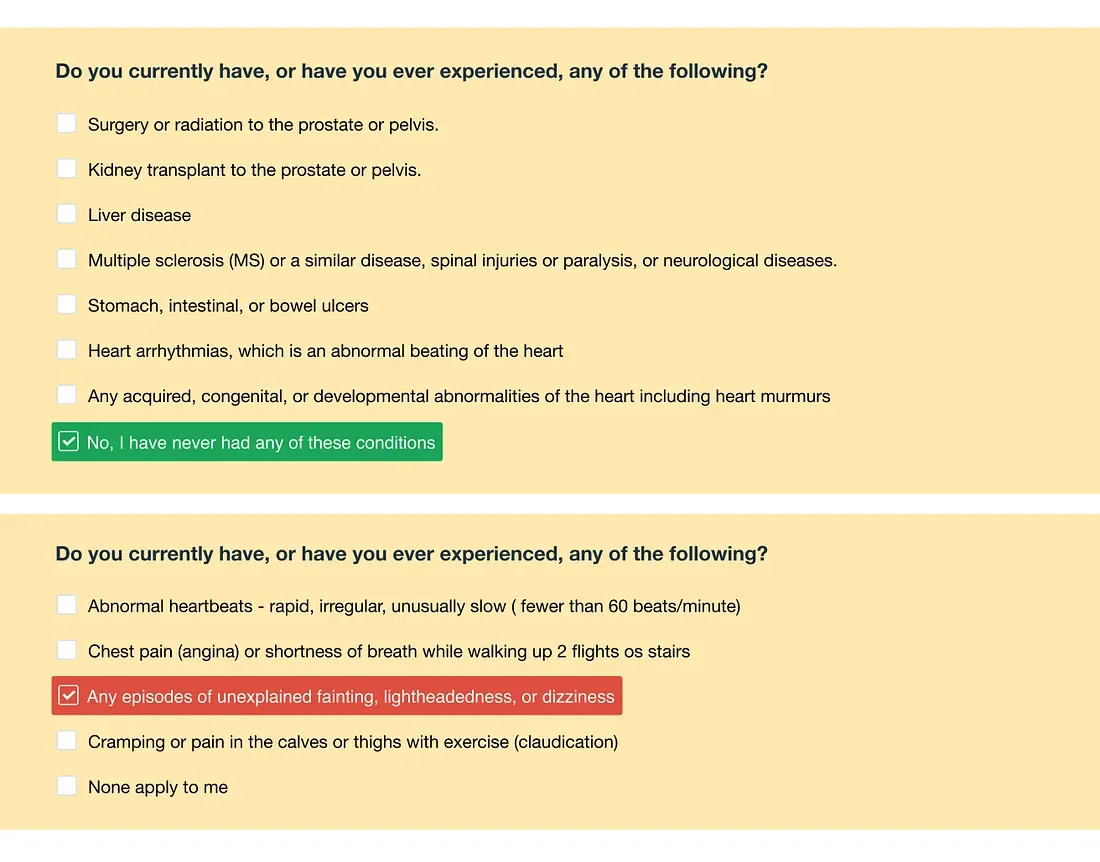
How it works
Each time a provider prescribes or changes a treatment for a patient through an in-person or telehealth visit, the provider must complete a thorough review of the patient’s health information. This critical step ensures the new treatment is safe, appropriate, and delivers the desired health outcomes. Automation enables Ro to streamline the process while adding safety “checks and balances,” empowering providers to focus on the uniqueness of each patient. If needed, providers on Ro’s platform are also able to connect with patients directly (and vice versa) anytime, via direct and secure message, phone, or video chat to discuss any symptoms or parts of their health history in more detail to personalize and ensure safe and appropriate care.
Ro’s Online Visit collects information related to the health condition a patient is concerned about. This information becomes part of a patient’s unique health profile in Ro’s EMR and is securely stored. The patient’s unique health profile includes self-reported information on the quantity, frequency, and dose of every medication the patient is taking (e.g., Metformin, X dose, X daily). Ro’s automated auditing systems check the patient’s self-reported health information against a dynamic list of factors, like pre-existing conditions, medical history, and drug interactions. Then the systems review each patient’s information to flag instances or patterns of behavior that need additional review by a physician or nurse practitioner, and/or pharmacist. This helps ensure safe and appropriate treatment and adds another layer of clinical safety review. If necessary, the patient’s Ro-affiliated provider will follow up with the patient with any needed medical counseling or adjustments to the patient’s treatment plan.
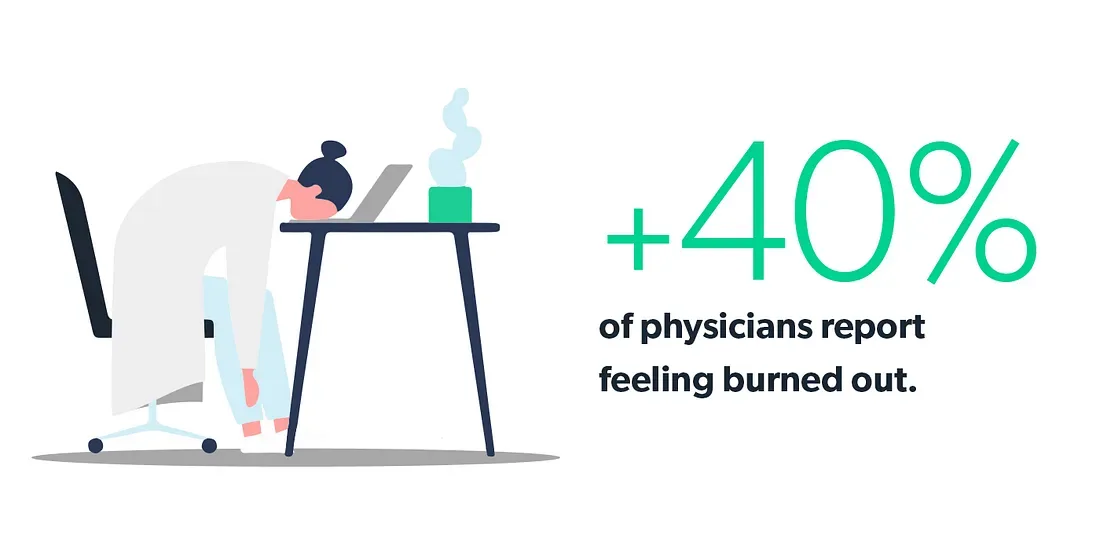
The big picture
Providers are already overburdened. More than 40% of physicians report feeling burned out. There are simply too few providers and too many patients who need care. And we are burdening them more with administrative tasks. Providers are often forced to manually enter a patient’s history mid-visit into their EMR — how many visits have we each had where the provider is asking you a question while typing your answer into the EMR. Worse yet, their EMRs are built to bill insurance companies, not serve patients or to empower providers. Providers spend too much time entering information into EMRs to ensure reimbursement. With all of the various insurance-related tasks, billing codes and requirements, a critical piece of patient information for safe and appropriate care may be missed during patient evaluation.
New medications and therapies are developed every year and indications for use as well as cautions change as medicine and science evolve. This is a perfect example of where we can use technology to empower providers with the most up-to-date information and enable them to focus on leveraging that information to help patients.
Technology can help securely collect and flag essential information needed by providers to evaluate patients. Ro designed our in-house EMR to serve patients’ needs and enable healthcare professionals to provide quality care — not to code and bill care for insurers. By standardizing information collection and presentation and risk flagging, Ro is helping facilitate safe and appropriate care and adding additional checkpoints to help protect patients throughout their healthcare journey on the Ro platform.
